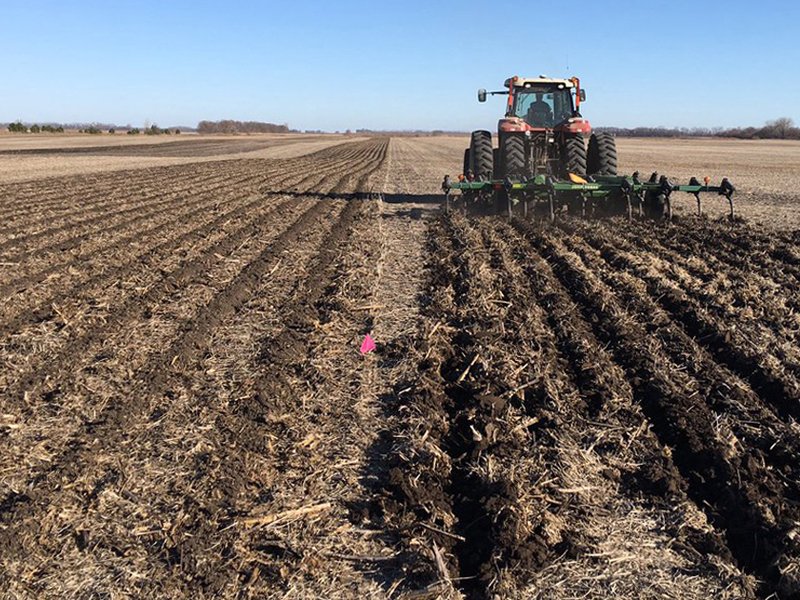Conservation Tillage
Description
Conservation Tillage is used to manage the components of crop and other plant residue on the soil surface. Limiting soil-disturbing activities, like tilling, increases organic matter, allowing the soil to hold more moisture, maintain better microbial life, and provide more nutrients to crops. Crop residue management is a component of reduced tillage or no-till practices. Crop residue from a previous planting is typically left on the soil to protect it from weather elements like rain, wind, and sun until a new planting becomes established enough to protect the soil.
Considerations
Is the farmer willing to consider adopting reduced-till or no-till management? If so, does the farmer have the necessary equipment?
Is the field more suitable for reduced-till or no-till?
Would starting as reduced-till while phasing to no-till be beneficial?
Will it be necessary to change other practices to reduce weed growth?
What are the disease and weed management challenges and implications in a reduced-till and no-till system?
Sample Lease Provision: Tenant, in consultation with SCD, NRCS, and/or the state department of agriculture, shall reduce tillage as much as possible in accordance with the farm conservation plan. Tenant shall maintain at least [insert percentage such 30] % residue cover on the ground surface at planting.

